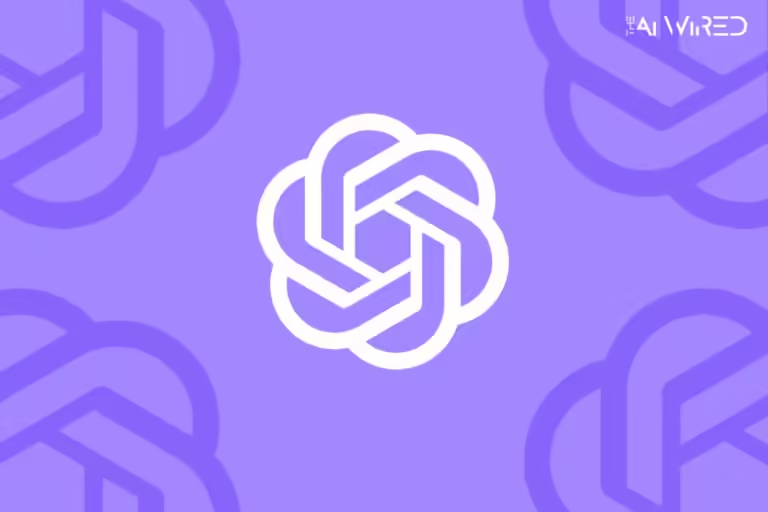
xAI Lures Developers with $25 Monthly API Credit, OpenAI and Anthropic Compatibility
Elon Musk’s xAI lures developers with new credits and powerful Grok model integrations.
Elon Musk’s artificial intelligence company, xAI, has added a new incentive to its platform to get coders to use it. The business is now offering $25 a month in API credits that will allow developers to utilize the tools of xAI at a lower cost. These tools include the brand-new Grok model. The credit may not seem like much, but it’s meant to make it easier for writers to check out xAI’s products, competing with OpenAI and Anthropic.
For $25 a month, developers can try out xAI’s Grok models without spending much money. This gives developers who want to see how the platform works a lot of freedom. The credits can cover up to two million input tokens or one million output tokens per month. The API costs $5 per million input tokens and $15 per million output tokens. This is a small but smart move to get developers to check out xAI’s platform.
Competitive Pricing and Feature Highlights
Anthropic’s Claude 3.5 Sonnet is priced at $3 per million input tokens and $15 per million output tokens, while OpenAI’s GPT-4o is priced at $2.50 per million input tokens and $10 per million output tokens. xAI falls in the middle of the price range. While xAI’s prices may be slightly higher, it compares well in terms of model support because it has more substantial supercomputing behind it.
Cross-platform support means that developers who already know how to use OpenAI or Anthropic can easily add xAI’s tools to their projects. This makes it easier for people to try xAI’s Grok model without having to go through a steep learning curve.
Token Limits and Model Availability
The context limit for xAI’s latest Grok model beta is about 128,000 tokens, which is the same as OpenAI’s GPT-4o and a little less than Anthropic’s 200,000-token limit. This limit is still a lot lower than Google’s Gemini 1.5 Flash model, which has a one-million-token context window. This makes xAI a good option for coders who care more about how well context is handled than how long the window can be.
Even though xAI’s Grok has a powerful text-based API, it doesn’t yet have the ability to generate images. This will be added in future versions of the Grok model. xAI says that new models will be released soon, including a vision model next week, which will make the platform more flexible.
xAI’s Grok can do standard model operations as well as “function calling,” which lets the model run commands across connected apps and services, as long as the user has the rights to do so. This feature extends xAI and can make the Grok model perform tasks seamlessly across applications, which will benefit coders who wish to have an AI that can function in multiple ways.
It has a supercomputer called Colossus, based in Memphis, with 100,000 Nvidia H100 GPUs powering it, to back its growth. It is not only a testimony that xAI cares about best model training, but also turns into one of the largest AI supercomputers in the world, which in turn makes it more capable of addressing complex tasks that require high resources.
Musk wants to make xAI a major player in the AI market. The platform’s recent $25 credit offer and API flexibility could encourage users to try new things and come up with new ideas. When new Grok models come out, xAI could become a good option for big names like OpenAI, Anthropic, and Google. It has a special mix of compatibility, power, and growth potential.


